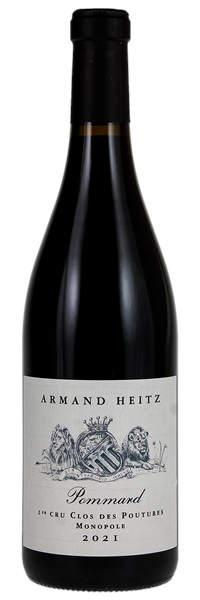
Image above is an example. To view the image of the lot, click the item number.
Estimate
An ultra-fresh, cool and pretty nose features mostly red berry aromas that are trimmed in subtle earth and floral wisps. There is again a highly attractive sense of vibrancy to the less mineral-driven but even more complex and moderately austere finale.